9 designers, artists and activists changing the tide on ocean sustainability

Plastic. A truck load of the moldable, powerful, indestructible stuff is dumped into our oceans every minute. Despite positive moves in the right direction – plastic straws have finally earned pariah status; plastic bags come with fines; big brands are beginning to follow in the vanguard footsteps of zero-plastic movements – the ocean is still choked with around six billion tonnes of toxic packaging, waste and pollution.
Creative powerhouses (artists, designers, makers) have a responsibility – and an opportunity – to set the agenda for a sustainable future, just as much as our politicians and environmental scientists. Creators can visually explain why sustainable design is important. Here’s eight creative forces you need to know about, who are doing just that.
Parley for the Oceans
Front-runners in ocean-conscious design, Parley for the Oceans is a global network of creators who together raise awareness of the beauty – and fragility – of our oceans. Founder Cyrill Gutsch has bridged the narrowing divide between the traditional environmentalist community into the cultural one, having collaborated with Doug Aitken (2016), Stella McCartney and Adidas, amongst others.
Parley first contributed its eco-friendly, up-cycled fabrics to Adidas in 2015 in a history-making collaboration – the world’s first pair of ocean-conscious trainers. The pioneering pair are fighting the good fight into 2018, having just launched a new trainer – NMD_CS1 Parley (pictured top) – made from Parley’s Primeknit construction. With a contoured, sock-like fit, the yarn is made from plastic waste that has been intercepted from beaches and coastal communities – before it reaches the beaches.
In keeping with the oceanic theme, the NMD_CS1 Parley is rendered in clean blue with contrasting black striping details, finished with a branded woven heel pull. It’s another step toward raising awareness of the environmental issues affecting our seas, and, says Parley, it aims ‘to create change, widen the conversation and grow the movement, from threat to thread’.
Soma
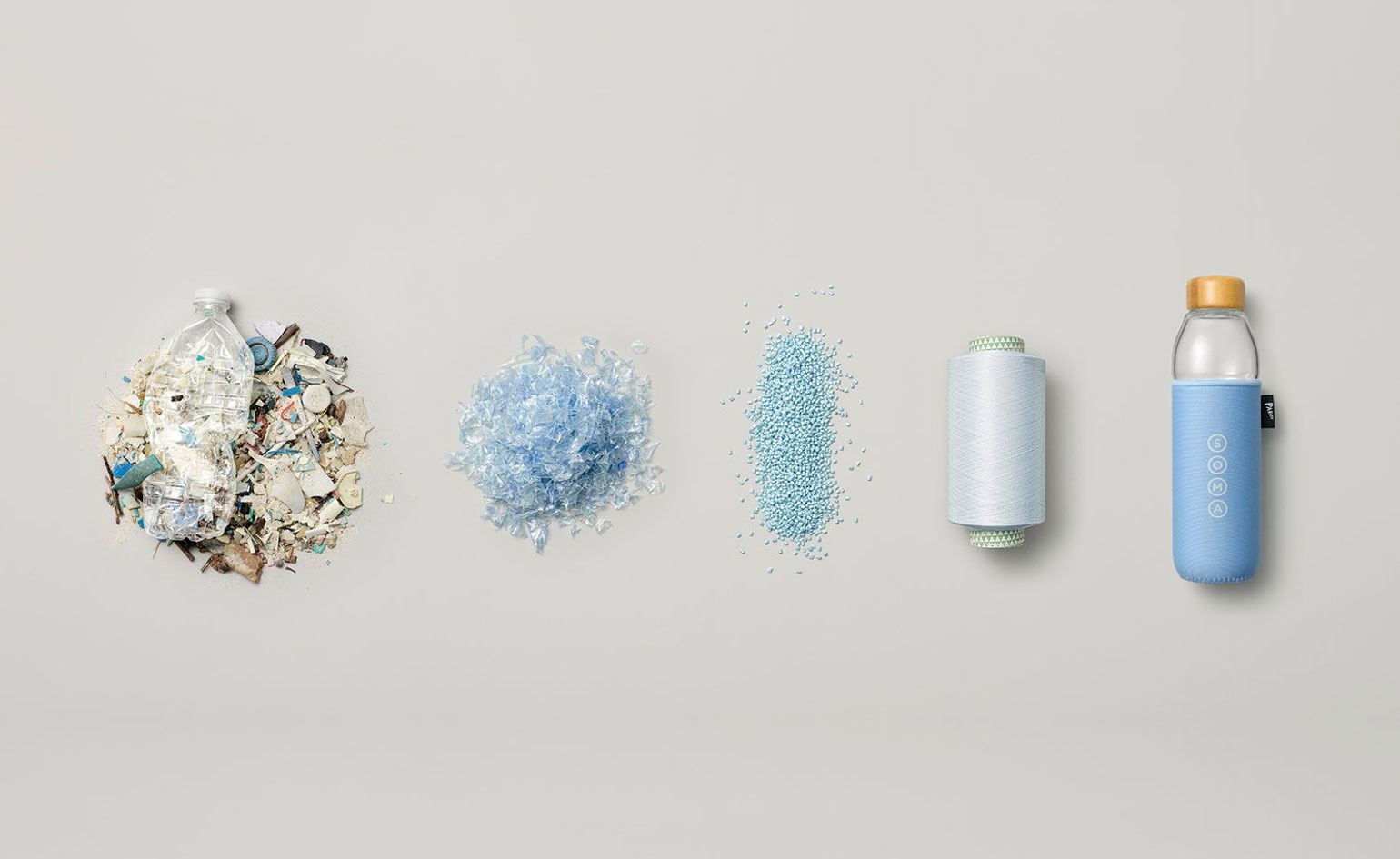
Water bottle and re-usable filter designer Soma has been innovating sustainably – and stylishly – since 2014. As well being made from post-consumer waste and recyclable materials, each of its products is a minimal objet d’art.
Though usually focussed on raising money for ‘charity: water’, which aims to provide clean drinking water in developing countries, Soma has recently made its first foray into ocean preservation. Launched in April 2018, the Soma glass water bottle – created in partnership with Parley for the Oceans and available exclusively at Starbucks – has a sleeve made from material equivalent to two plastic bottles, intercepted from remote islands and coastal communities. Inside, the lightweight and durable glass bottle is made from 100% BPA-free, shatter-resistant glass, and the bamboo cap is leak-proof and made from equally renewable resources.
Soma also aims to make its business habits as environmentally conscious as its products and charitable ventures. It offsets its emissions with conservation-based forestry, and its code of conduct sets standards for labour practices, transparency, animal-welfare, and anti-discrimination policies. ‘Shifting mindsets and behaviours is as important as creating new systems and materials,’ explains Cyrill Gutsch of the project. ‘We all have a role to play. This bottle is another reminder of that fact and the beginning of a new collaboration in the movement for solutions.’
Wehlers
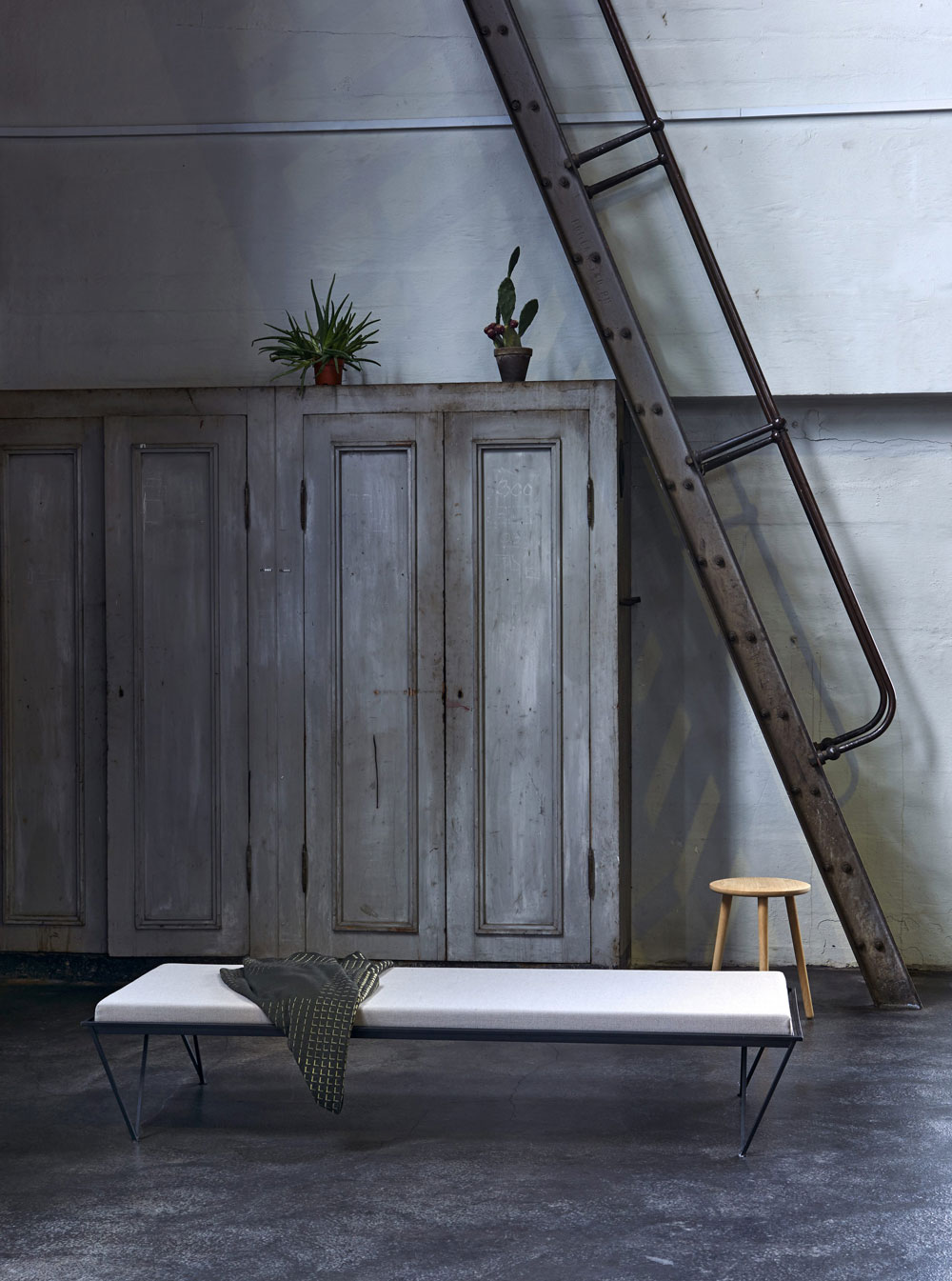
In an attempt to make a circular economy from its designs, Europe’s first certified B-corporation furniture brand Wehlers has created a so-called ‘ECO-system’ of objects with one, key aim: to prevent single-use furniture and plastic from re-entering the oceans. Just nine months in the making, the Danish design up-and-comer has created a collection of furniture from up-cycled fishing nets, dumped along the west coast of Denmark – a pollutant they say is ‘rising year on year’.
A highlight of the mid-century modern-inspired collection is the humorously titled ‘Obvious’ daybed (pictured), upholstered with Kvadrat textiles. Its name not only points to the simplicity of its design, but also the potential ubiquitousness of ocean-conscious making. It says: everyone should, and could, be creating products as ocean-aware as this.
‘We don’t think the world needs more designed furniture,’ explain founders Maria and Henrik Holm, who moniker their brand ‘furniture for good’. ‘However, we do think that it needs more options for conscious consumption. We founded the company to be the positive change we wish to see in the world. For the sake of our children and their children. Our place in history depends on the choices we make.’
Made Thought
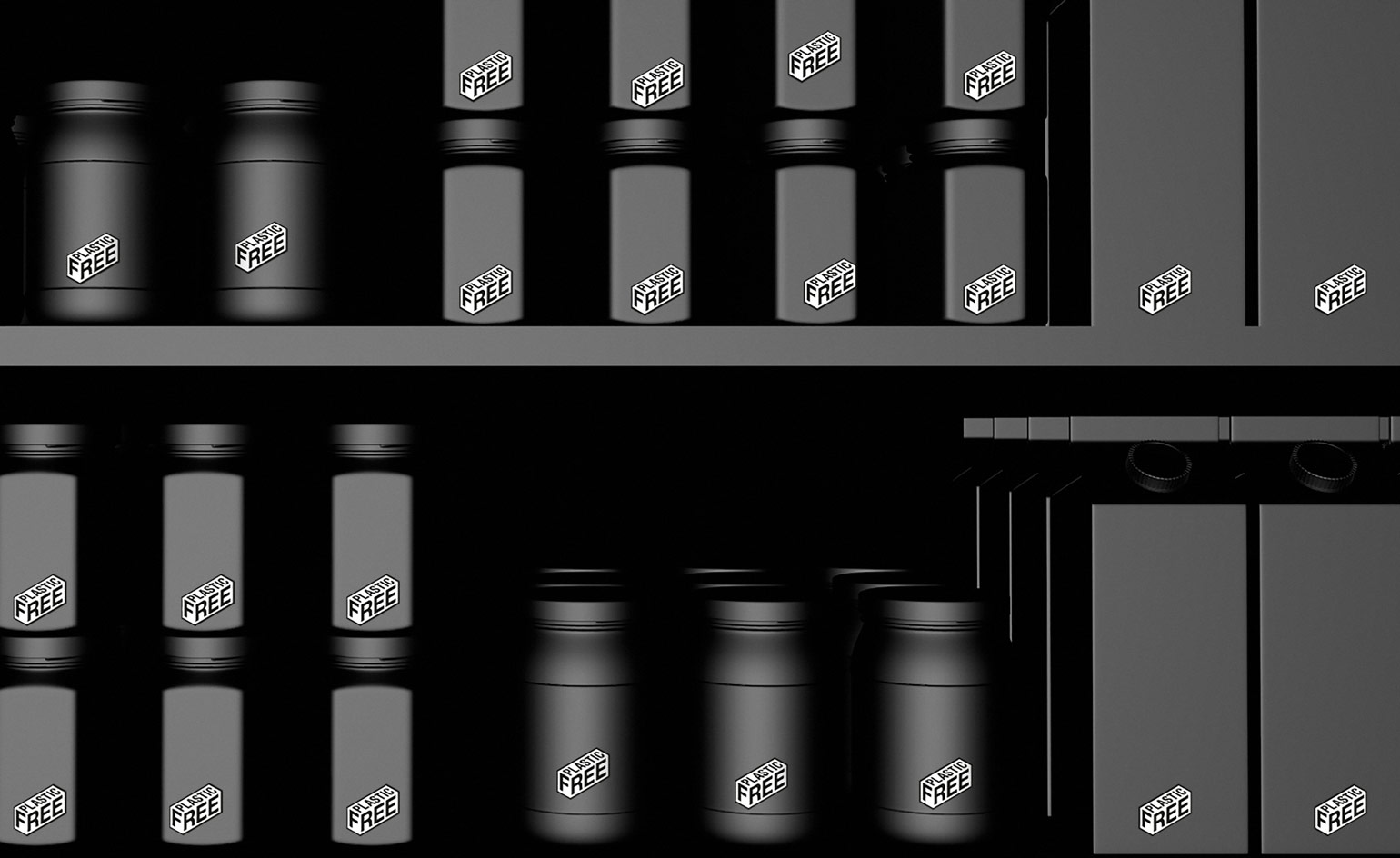
In collaboration with lobbying group and grass roots organisation A Plastic Planet, London-based design studio Made Thought has shaped a simple graphic icon that it hopes will underpin a new approach to supermarket shopping.
The ‘Plastic Free Mark’ aims to help consumers make informed choices about the packaging they buy. A simple graphic device that’s designed to work with any product, the mark recently debuted in Dutch supermarket chain Ekoplaza with the launch of the world’s first Plastic Free Aisle, dubbed the Ekoplaza Lab. This pilot project features 700 products that showcase natural bio-materials and other easily recyclable pieces of packaging.
‘Even after decades of European authorities collecting recycling, only nine per cent of our waste is recycled,’ Made Thought explains. ‘It is clear that recycling does not go far enough: that is why A Plastic Planet is keen to turn off the plastic tap.’
‘We are actively discussing using the mark in a number of high-end drinks and spirits brands. More importantly, right now we are in conversation with a number of our clients across the skincare and hospitality industries about how we can become plastic free across their entire business operation. This degree of change is really exciting because we believe for design to be truly progressive it has to change behaviour at this level.’
Brodie Neill
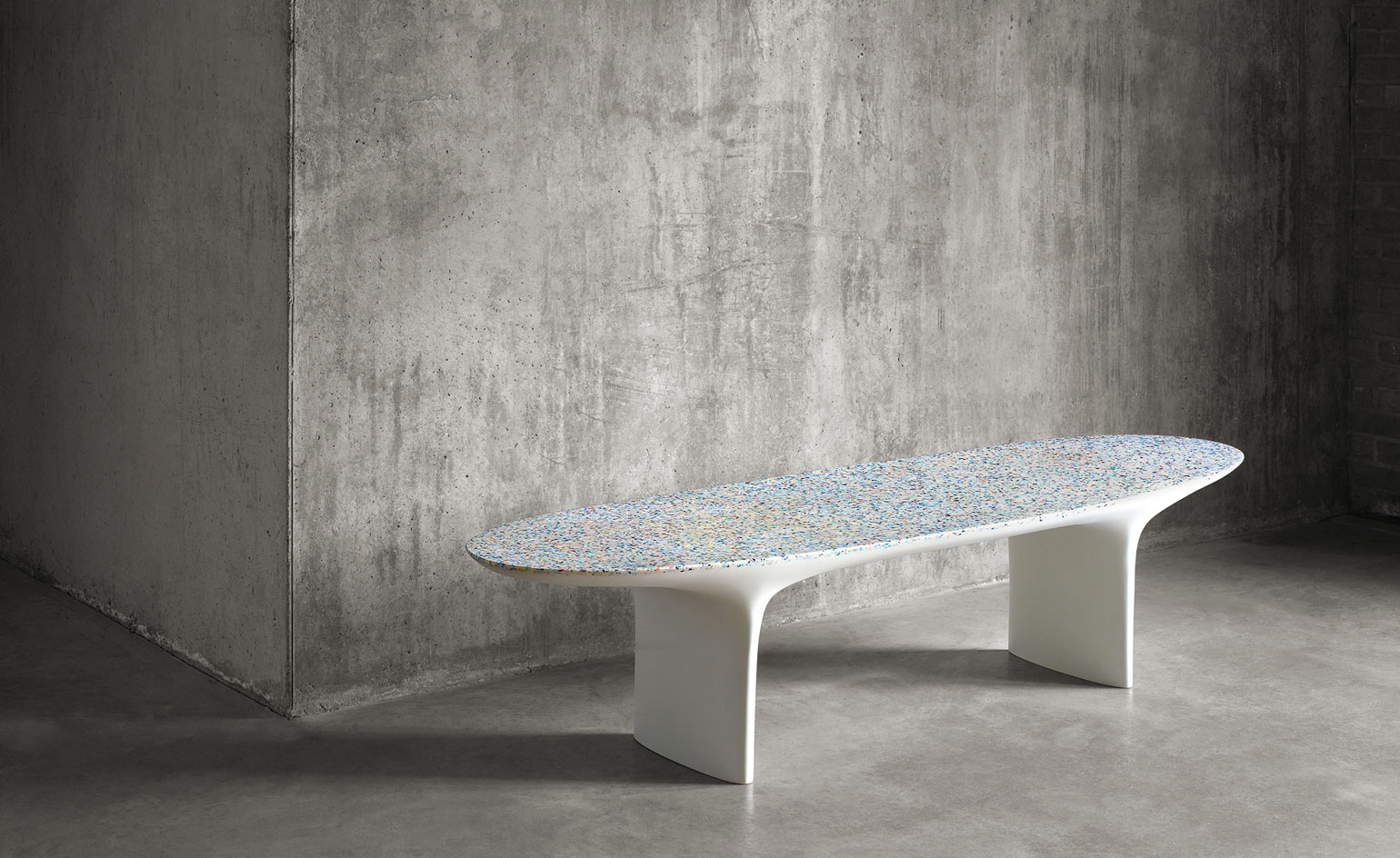
In September 2017, designer Brodie Neill presented his innovative Ocean Terazzo collection at the Foster + Partners-designed ME Hotel in London. First developed in 2016 for his Plastic Effects installation at the Australian Pavilion at London Design Biennale, he describes the material, which is made from small fragments of reconstituted plastic, as ‘nature-driven technology’. Inspired by nineteenth century mosaic-style table tops, the material (as seen in his now storied table Gyro) substitutes examples of precious marble, timber and ivory for the plastic composite, in a contemporary re-definition of what we consider to be ‘precious’.
Reflecting both the textures and colours of the ocean, the surface evokes spray washing over a pebble beach – a poignant message, as Neill worked with an international network of beachcombers to create the works. Some of the plastic was found on the beaches of Tasmania, a UNESCO world heritage site, and Neill’s home.
Christopher Raeburn, CanO Water and London Zoo
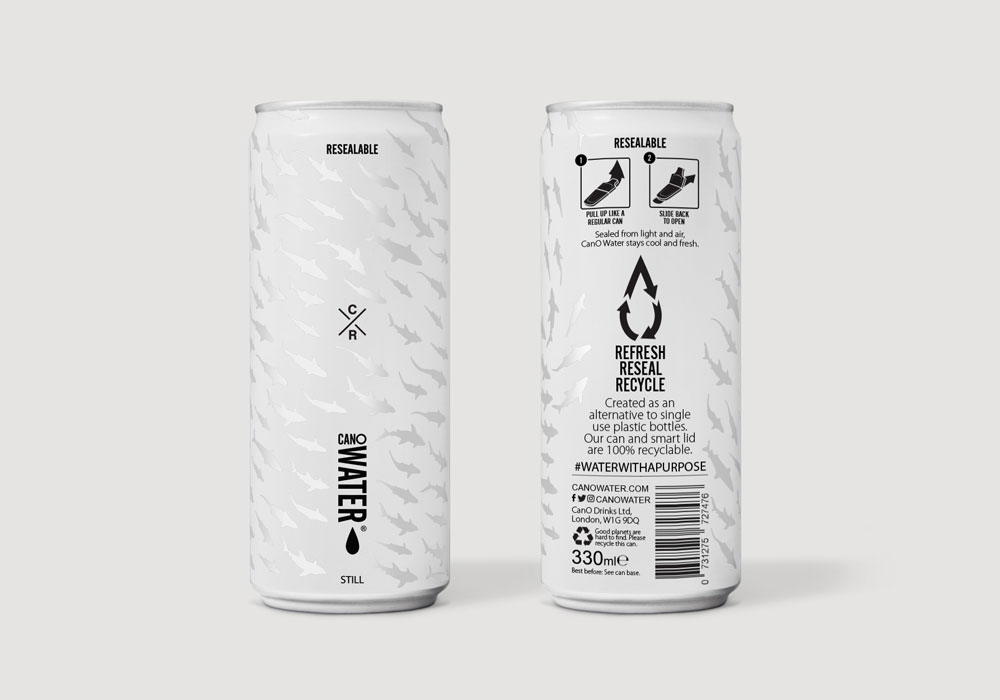
UK-based CanO Water was established in 2015 with the aim of creating a ‘sustainable alternative to single-use plastic bottles’, instead packaging drinking water inside aluminium cans. Earlier this year, collaborative fashion studio Christpher Raeburn partnered with CanO, alongside somewhat unlikely bedfellow London Zoo. Each disparate company is united by one common passion: stemming the tide on plastic pollution. The cans now take the space once filled by water bottles at both London and Whipsnade Zoo.
‘Our latest A/W 2018 Immerse collection was a real creative call to arms, inspired by our fragile oceans,’ explains Raeburn. ‘On a personal level I also found the BBC series Blue Planet 2 to be incredibly impactful and, along with so many others that viewed the series, I wanted to help make a difference.’
Raeburn’s role in the CanO initiative was to invent a playful and striking design, while making the can London Zoo-specific. Naturally, he looked to his studio’s all-over shark print pattern, which swims the can’s circumference, ‘reinforcing the wider message around ocean pollution; and the fact it affects all marine species.’
He continues, ‘I think as a designer you have an obligation to consider what you are doing and why; ultimately we want to make strong, sustainable choices that provide our customers with a completely unique and desirable product.’
La Bouche
Wallpaper* Newsletter
Receive our daily digest of inspiration, escapism and design stories from around the world direct to your inbox.

La Bouche is fishing plastic awareness from the depths of the oceans – and consiousnesses – and placing it directly under our noses – literally. Cosmetics labels – so often notorious for their plastic packaging and heavy reliance on oil – are perhaps not what you might expect to find in a hot list of environmentally-conscious designers, but this French Maison is revolutionising its industry, with mindful, environmental and humanist values. The La Baume Rose case (pictured) is plastic free, and the colour refill is the most environmentally friendly refill ever created, with no harmful polymers.
‘I like the idea that buying a lipstick can become activism, the symbol of a conscience,’ says model Anja Rubik, the original face of the Maison, who launched two new colourways with New York concept store The Webster earlier this year. She continues: ‘Only creativity and collaboration will end marine plastic pollution.’
Plastic Whale, Vepa and LAMA Concept
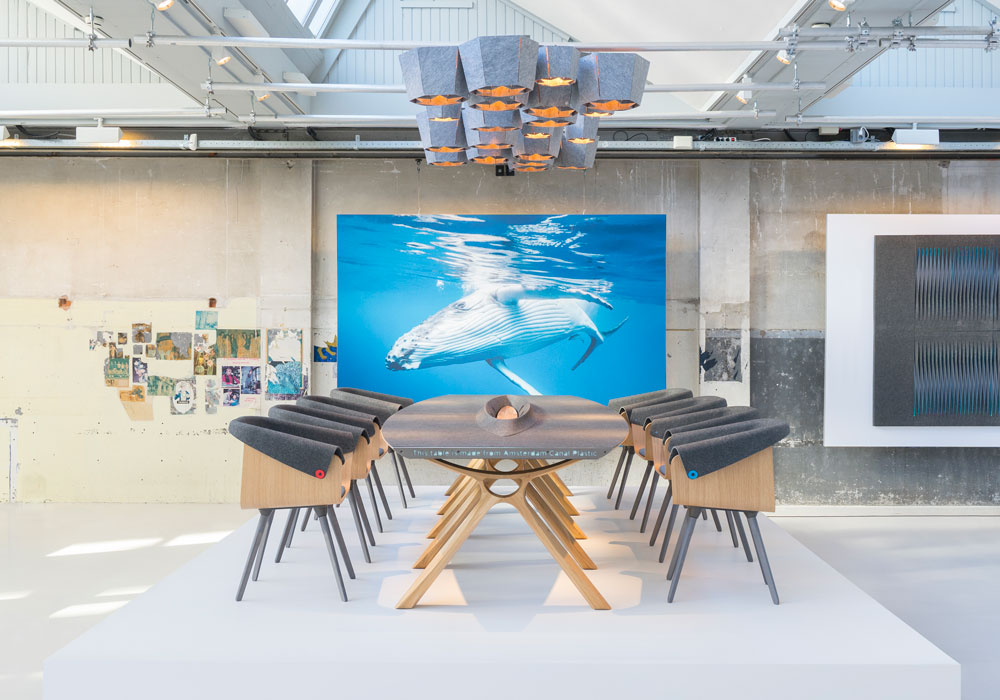
In an effort to help solve the plastic soup problem, Dutch social enterprise Plastic Whale and manufacturer Vepa have launched the Plastic Whale Circular Collection; high-end office furniture that is made from plastic fished-out of Amsterdam’s canals by hand, with help from thousands of local residents. The social enterprise previously built ten designer sloop sailing boats made from recycled waste, which are now used on these so-called ‘plastic fishing’ expeditions.
But, ‘with office furniture we can make an even greater impact, as many companies want to make a positive contribution to a cleaner environment,’ Plastic Whale explains. The debut collection consists of a boardroom table, a chair, lamps and acoustic wall panels (all pictured above), designed by local studio LAMA Concept. Circularity – both physically and theoretically – is key to the design, and the whale serves as a source of inspiration. ‘Plastic soup is a huge threat for this incredible mammal, and so we have translated characteristic elements of the whale into the designs,’ Yvonne Laurysen, co-owner of LAMA explains. ‘Think, for example, of the look and feel of its skin, the adipose tissue and the impressive skeleton.’
The design circularity continues after the modular furniture’s lifetime. Each piece is assembled in such a way that it can easily be disassembled and reincarnated, its bare bones used to make fresh raw materials. To whit, part of the profits will be donated to charities that aim to preserve our oceans.
Nespresso and Caran D’Ache
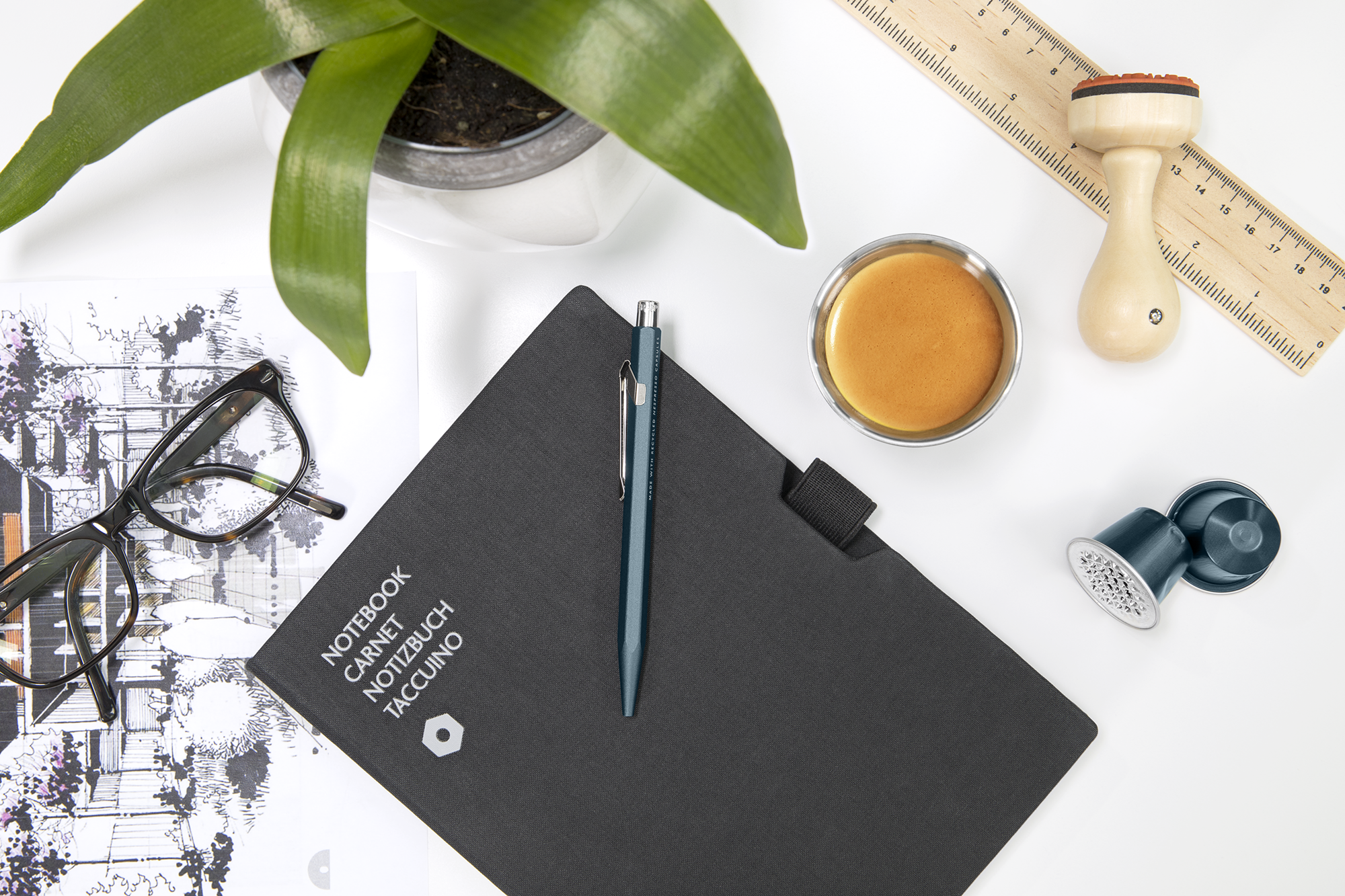
Doing their bit for the planet, these two Swiss companies have teamed up to create a limited edition pen made from recycled coffee capsules. Formed from the lightweight but robust aluminium, the Nespresso 849 ballpoint by Caran D’Ache bares all the brand’s typical quality and innovative Swiss design, with the added nod towards sustainability. Writers are reminded of this, thanks to the subtle engraving ‘Made with recycled Nespresso Capsules’ on the face opposing the flexible steel clip.
Elly Parsons is the Digital Editor of Wallpaper*, where she oversees Wallpaper.com and its social platforms. She has been with the brand since 2015 in various roles, spending time as digital writer – specialising in art, technology and contemporary culture – and as deputy digital editor. She was shortlisted for a PPA Award in 2017, has written extensively for many publications, and has contributed to three books. She is a guest lecturer in digital journalism at Goldsmiths University, London, where she also holds a masters degree in creative writing. Now, her main areas of expertise include content strategy, audience engagement, and social media.
-
 Titanium watches are strong, light and enduring: here are some of the best
Titanium watches are strong, light and enduring: here are some of the bestBrands including Bremont, Christopher Ward and Grand Seiko are exploring the possibilities of titanium watches
By Chris Hall
-
 Warp Records announces its first event in over a decade at the Barbican
Warp Records announces its first event in over a decade at the Barbican‘A Warp Happening,' landing 14 June, is guaranteed to be an epic day out
By Tianna Williams
-
 Cure your ‘beauty burnout’ with Kindred Black’s artisanal glassware
Cure your ‘beauty burnout’ with Kindred Black’s artisanal glasswareDoes a cure for ‘beauty burnout’ lie in bespoke design? The founders of Kindred Black think so. Here, they talk Wallpaper* through the brand’s latest made-to-order venture
By India Birgitta Jarvis
-
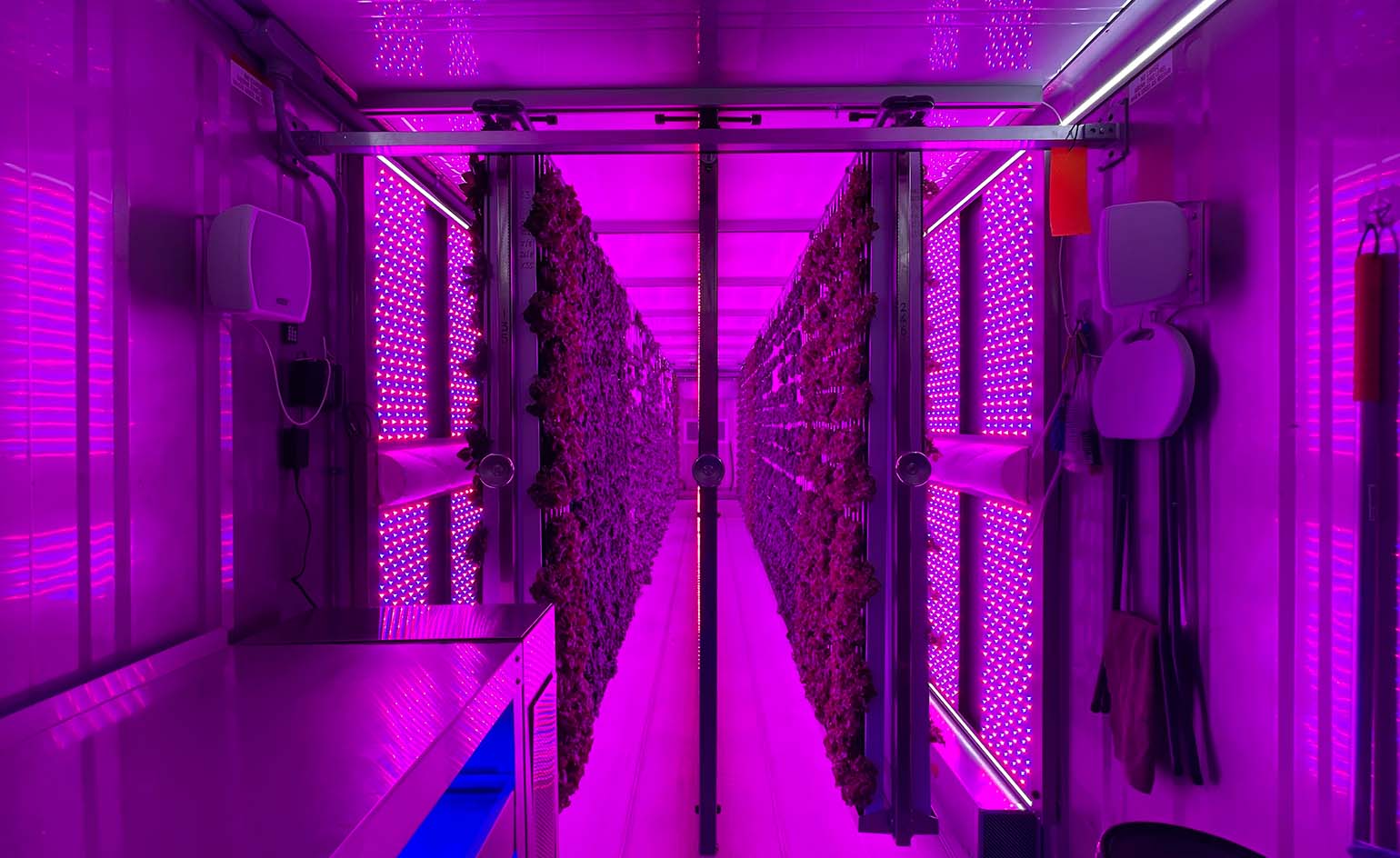 The sustainable farming innovator delivering to London homes and restaurants
The sustainable farming innovator delivering to London homes and restaurantsSustainable farming innovator Crate to Plate is pioneering fresh produce in London with the support of Michelin-starred restaurant Hide
By Mary Cleary
-
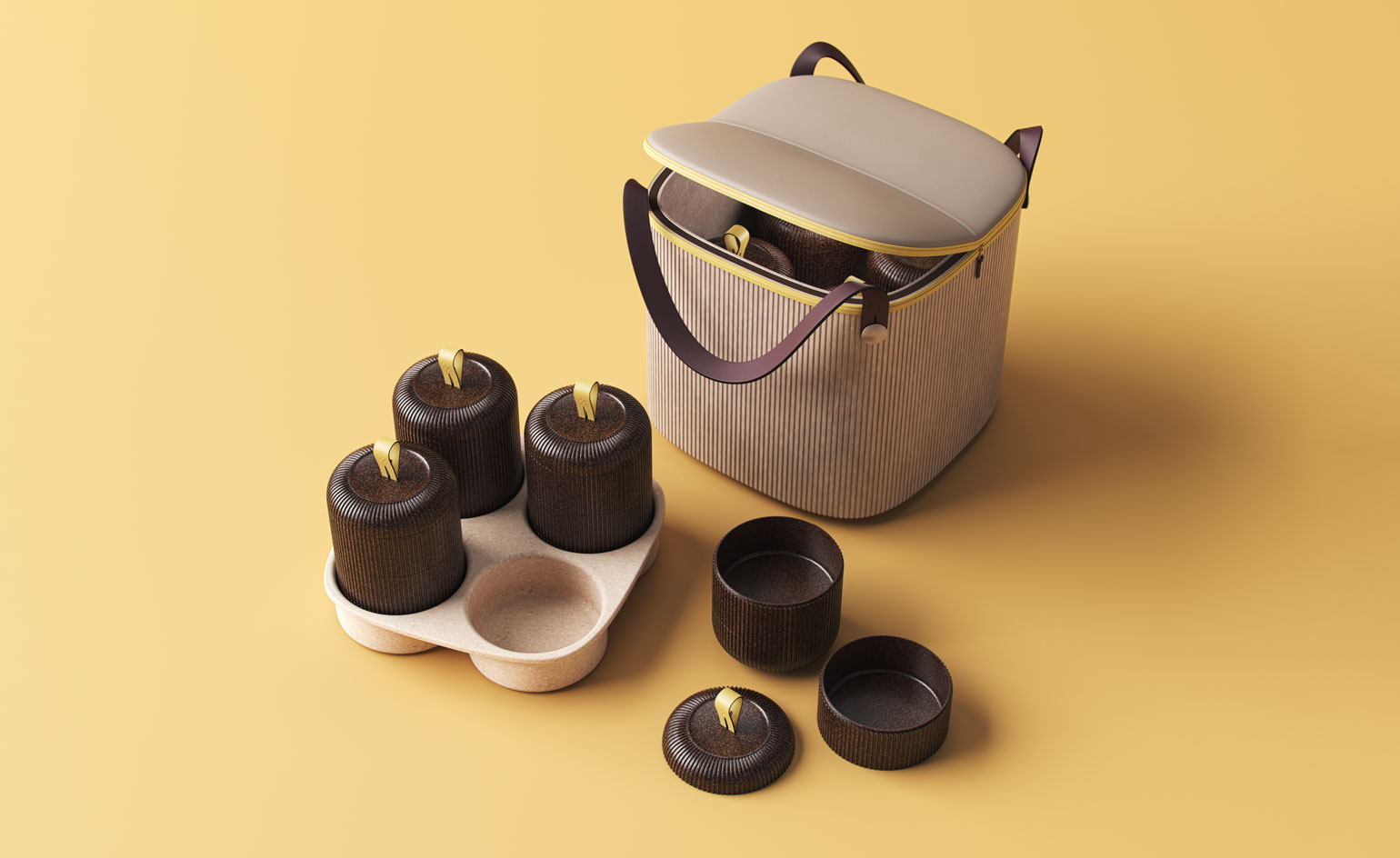 PriestmanGoode’s planet-friendly takeaway food packaging
PriestmanGoode’s planet-friendly takeaway food packagingOne year since the conception of PriestmanGoode's takeaway food packaging solution ‘Zero’ for Wallpaper* Re-Made, we find out how the project has developed
By Harriet Lloyd-Smith
-
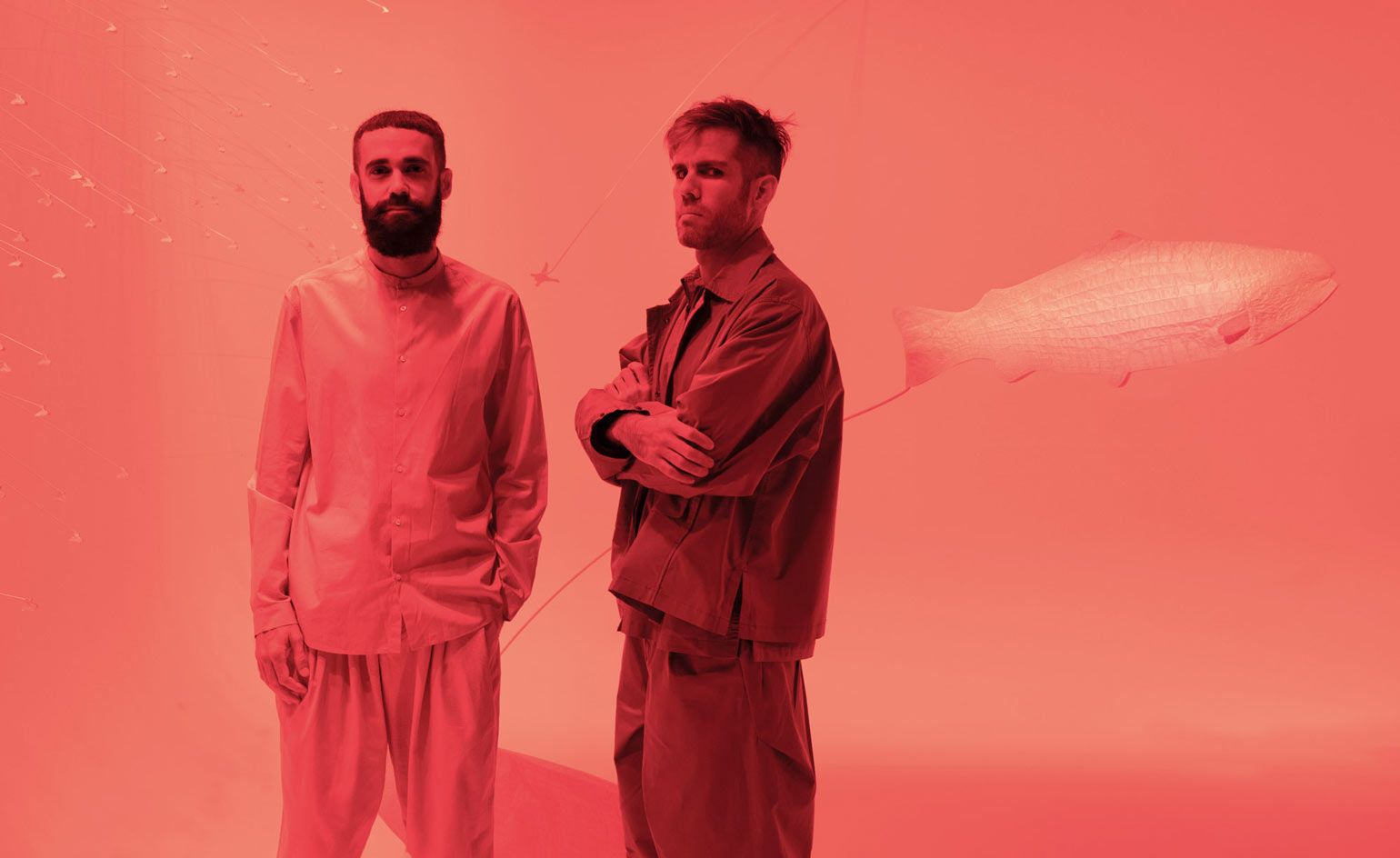 Cooking Sections: visualising a responsible food industry
Cooking Sections: visualising a responsible food industryTurner Prize-nominated Cooking Sections explore how we can create and consume food more sustainably. Priya Khanchandani, head of curatorial at London’s Design Museum, talks to founders Daniel Fernández Pascual and Alon Schwabe about the politics of food, and fixing broken structures of consumption.
By Priya Khanchandani
-
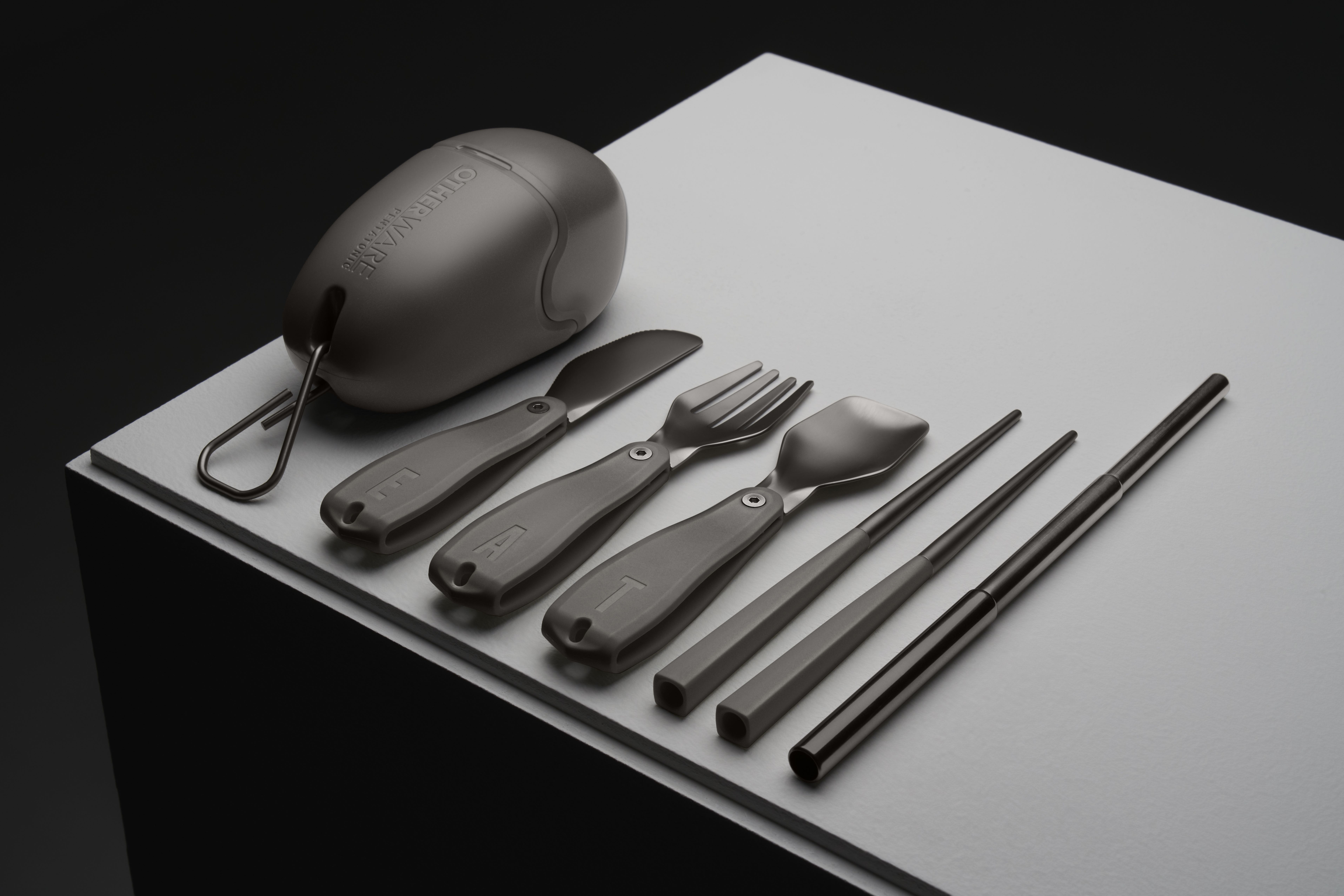 Snarkitecture rethinks Pharrell Williams’ portable dining pod
Snarkitecture rethinks Pharrell Williams’ portable dining podMade from recycled CDs, Pentatonic and Pharrell William’s mobile dining kit is back with a stylistic update, courtesy of New York practice Snarkitecture
By Elly Parsons
-
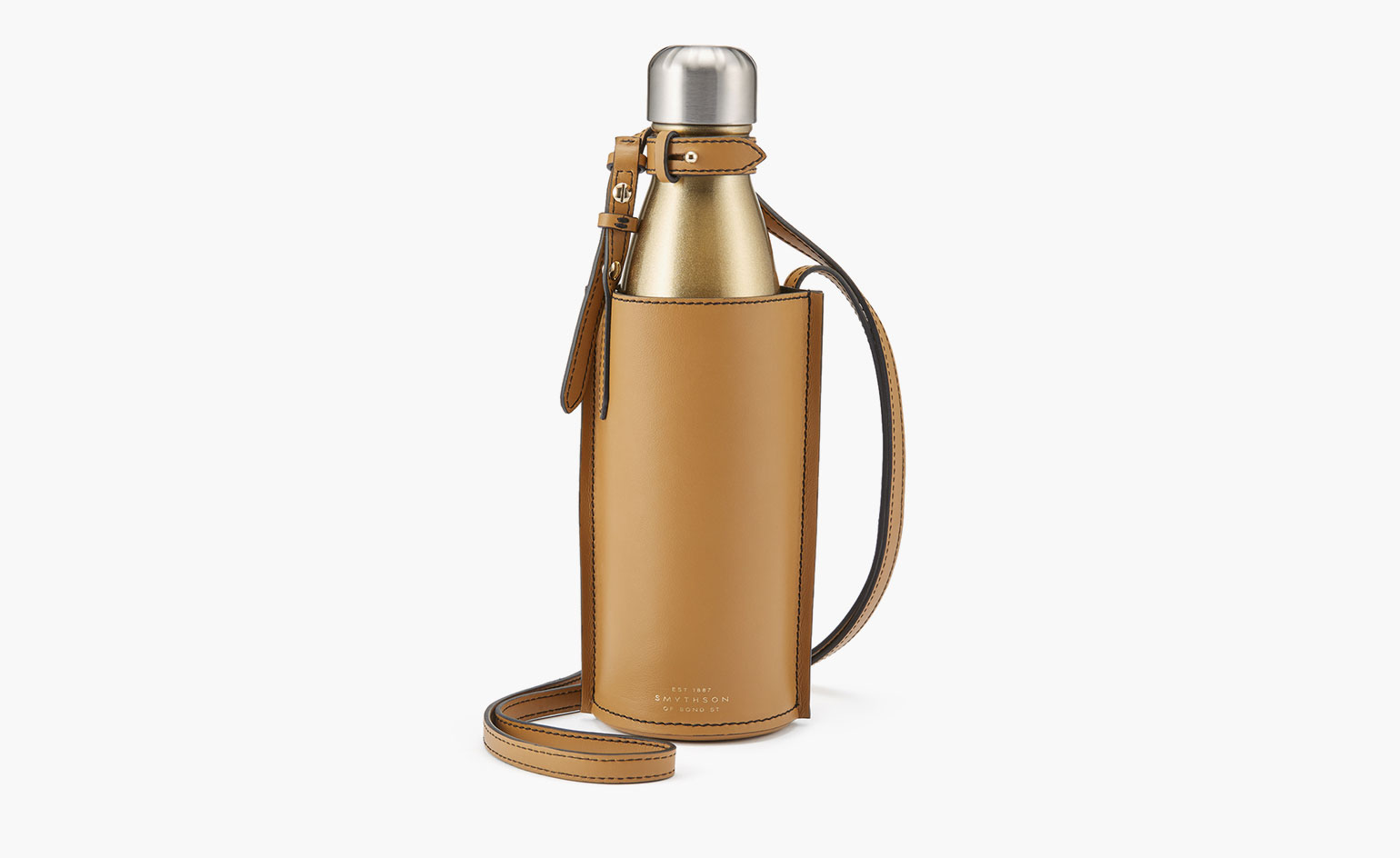 Sustainable water bottles aiming to cap plastic waste
Sustainable water bottles aiming to cap plastic wasteOur picks of the best sustainable water bottles pair aesthetics with utility for sophisticated sipping
By Melina Keays
-
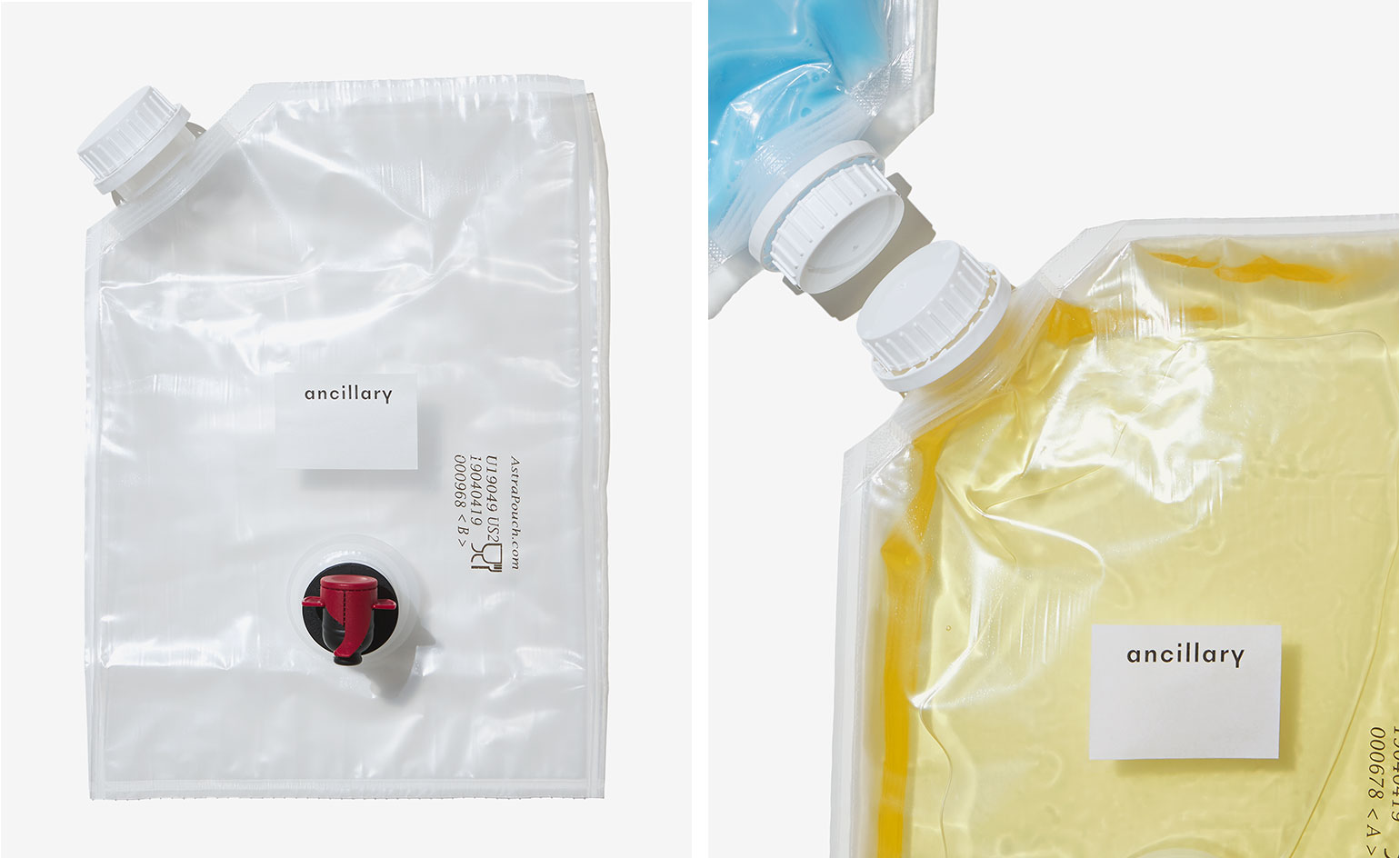 Eat up Ancillary Equipment's radical food storage solutions
Eat up Ancillary Equipment's radical food storage solutionsNot only providing innovative alternatives to food storage, Ancillary Equipment is a manifesto to our uncertain, dystopian future
By Phoebe Gardner
-
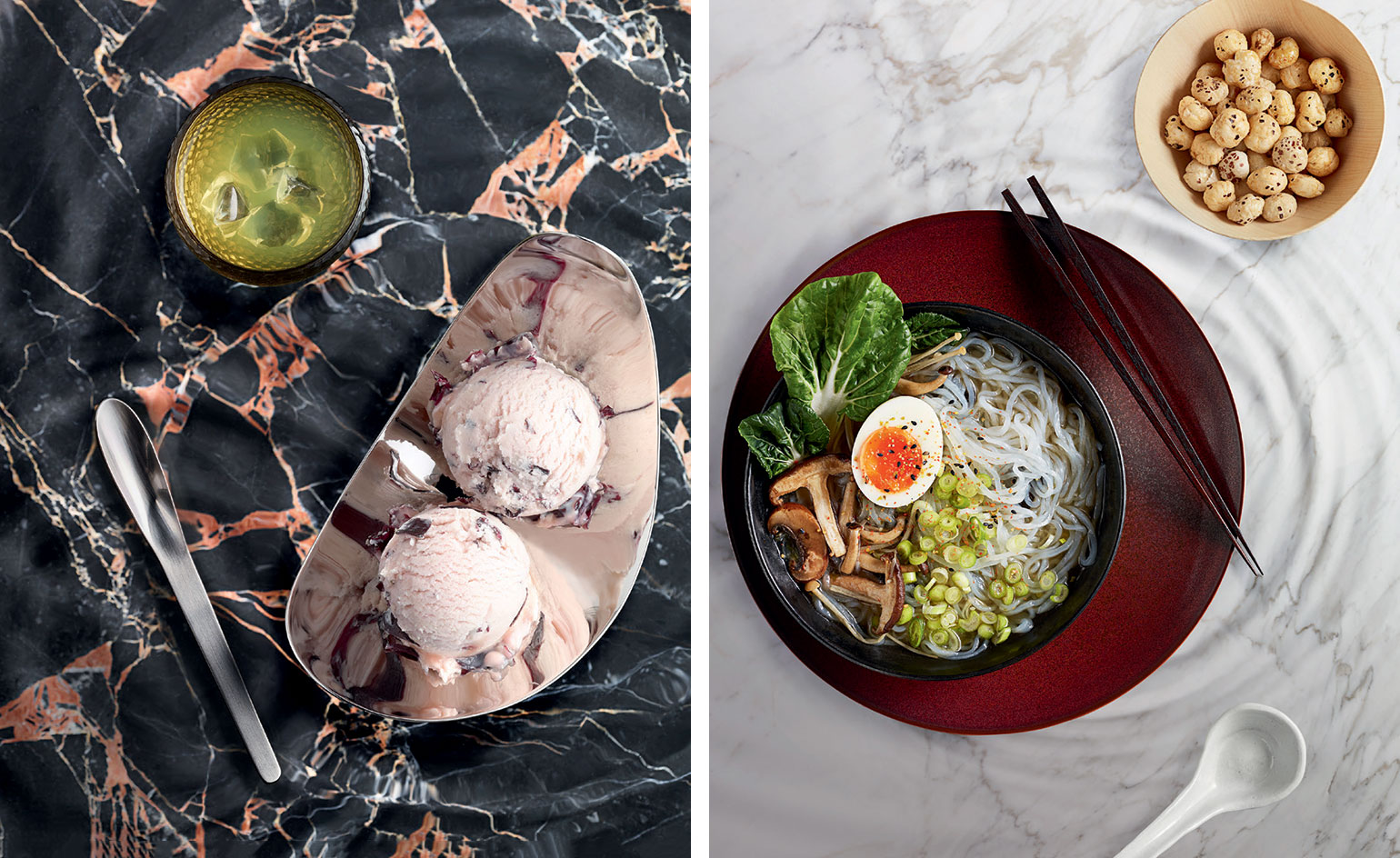 Kelp mates: sea greens are gastronomic gold to palate-conscious planet savers
Kelp mates: sea greens are gastronomic gold to palate-conscious planet saversBy Emma Moore
-
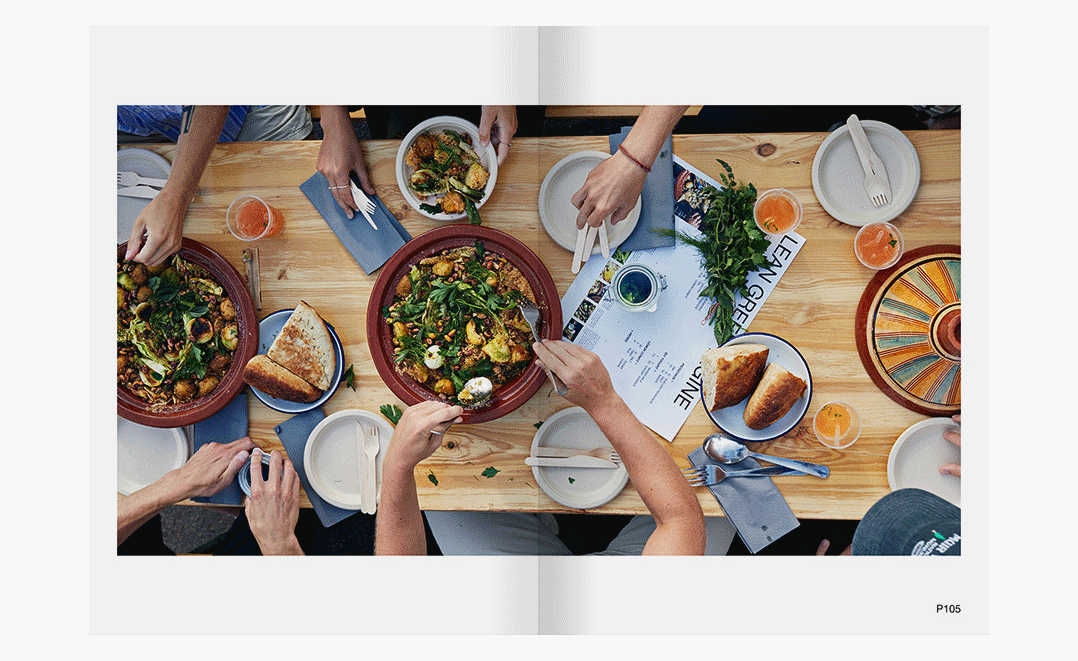 Cook sustainably with SPACE10’s design lab recipe book
Cook sustainably with SPACE10’s design lab recipe bookBy Emi Eleode
